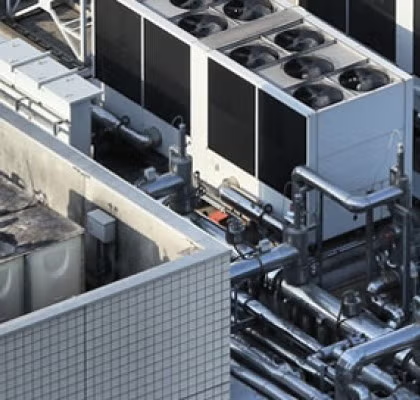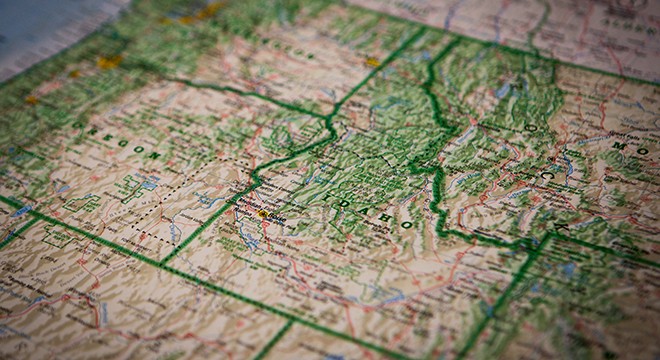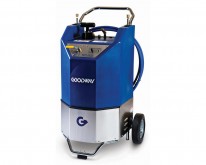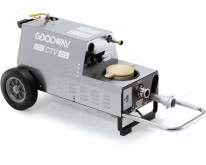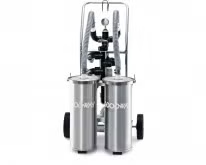9 Tips To Controlling Legionella in Your Cooling Towers
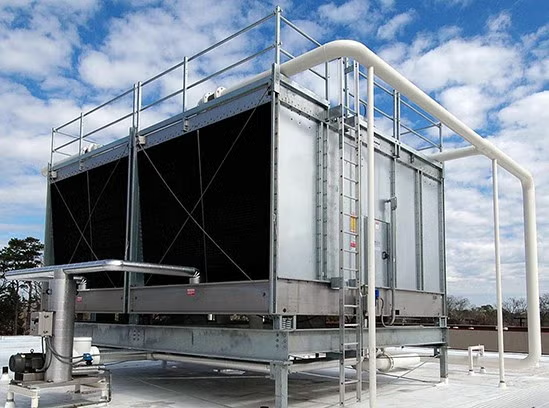
For decades, a cooling tower has been a beastly thing to clean. It’s big. It’s nearly always in use. And it’s filled with warm, moist surfaces – ideal for harboring slime, bacteria, and debris. But it has to be cleaned.
For starters, dirty cooling water fouls all your waterside surfaces. Sediment, scale, and slime in the water coats chiller tubes, forcing your equipment to work harder, shortening its life, and upping energy costs. Biological growth and dissolved solids – if left unchecked – can destroy the thermal capability of your cooling system.
But there’s a more serious risk to not caring for your cooling tower. A poorly maintained system increases the chance that dangerous bacteria will multiply, leading to a possible outbreak of Legionnaires’ disease.
Legionnaires’ disease – named after the now infamous 1976 American Legion conference in Philadelphia – is a particularly lethal variety of pneumonia transmitted in airborne water particles. It claimed the lives of 34 conference attendees that summer, and it remains a concern today. Now, thanks to revolutionary equipment design, tower cleaning is easier and faster than ever – and safe for your tower fill. There’s no reason for your cooling tower water to be less than sparkling clean.
And the same steps that control Legionnaires’ disease bacteria (LDB) will also save money on energy and equipment costs. Follow these tips, based OSHA and ASHRAE Standard 188- 2015 recommendations, for keeping your system safe and clean:
- INSPECT TOWERS MONTHLY. Examine surfaces for sediment, scale, and biofilm – commonly known as slime. Overall system cleanliness minimizes the buildup that provides food and shelter for LDB – the slime and scale where they thrive and multiply.
- CLEAN TOWER BASIN SURFACES REGULARLY. Clean the basin when slime, scale, and sediment are visible. Remove these solids and microorganisms, and you eliminate the bacteria’s food and hiding places. Some of our customers clean monthly to keep them ahead of contaminants. Goodway’s powerful TowerVac® makes it easy to clean frequently. It effectively removes contaminants from your system while it’s online - there’s no need to drain the system or shut it down. Our compatible F2 filter system scrubs the wastewater and returns it to the cooling tower to minimize water and chemical loss.
- IMPLEMENT A WATER TREATMENT PROGRAM. Work with a qualified water treatment contractor to develop a custom water treatment program for your cooling towers. This will include using a variety of treatments, including biocides, that will help manage Legionella outbreaks. Water treatment is an important part of managing cooling tower health; however, it cannot keep cooling towers clean and clear of biological and scale buildup alone.
- DON’T FORGET TO CLEAN THE FILL. Clean dirty, crusty, scale-filled cooling tower fill with Goodway’s TFC-200. Use this all-in-one system with our ScaleBreak®-Gel descaling solution to effectively remove scale, increase water flow and control the growth of mold, mildew, and dangerous biological buildup in your cooling system.
- MAINTAIN SUMP WATER AT LOW TEMPERATURES. OSHA recommends water temperatures be kept at or below 20°C (68°F) to minimize LDB colonization.
- SIDE-ARM AND DEAD-LEG PIPING provide a haven for bacteria colonization. Eliminate stagnant water areas in your system, or be sure to clean them frequently.
- USE PERSONAL PROTECTIVE EQUIPMENT WHEN CLEANING to avoid breathing in contaminated droplets.
- LOWER THE TOWER DRIFT RATE – use high-efficiency mist eliminators to keep contaminated water droplets from leaving the tower.
- KEEP GOOD RECORDS. Logbooks should record inspections and cleanings, water quality test results, and
operation and maintenance procedures.
Contact us today to discuss your specific Cooling Tower Maintenance needs.

